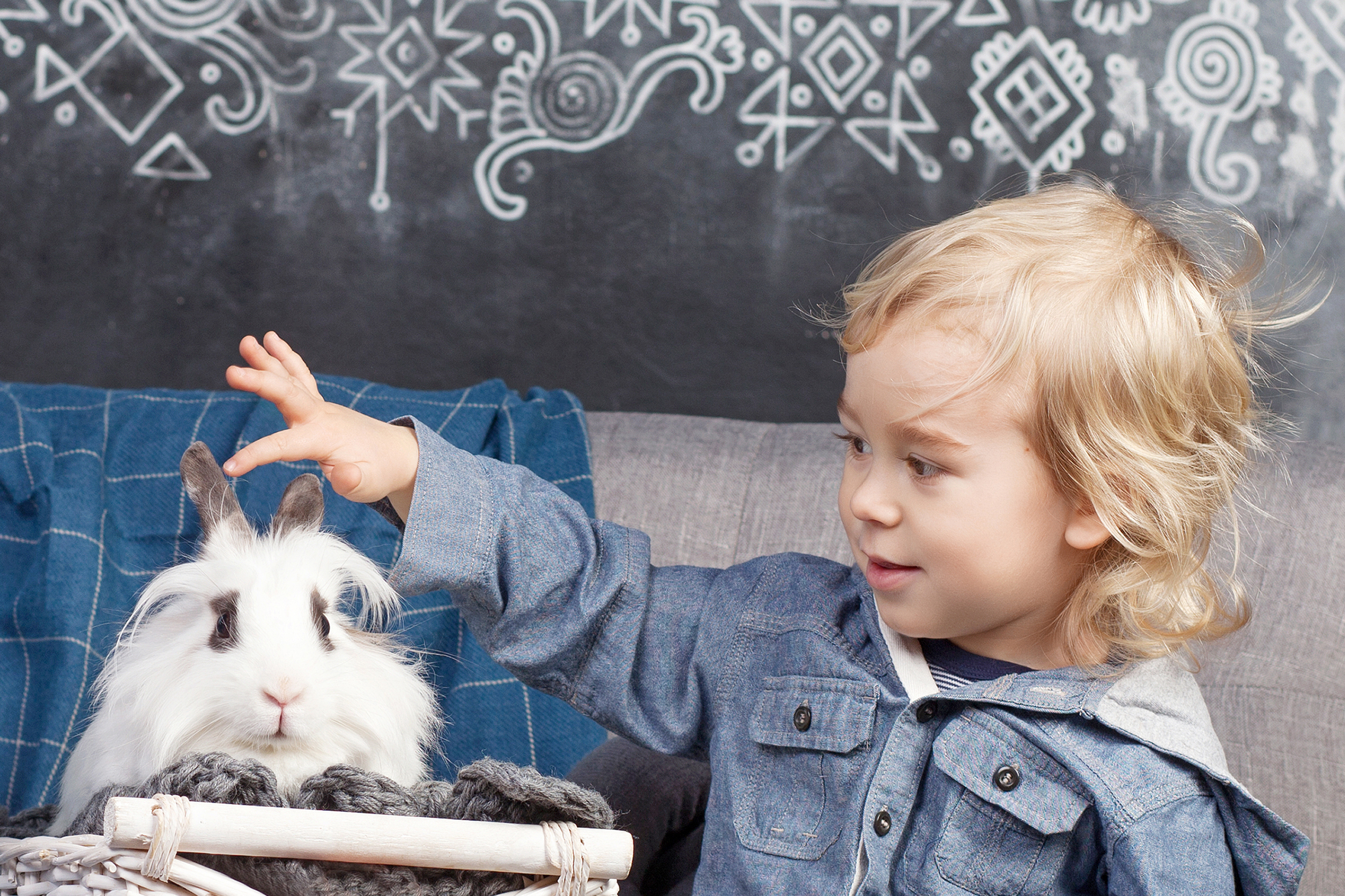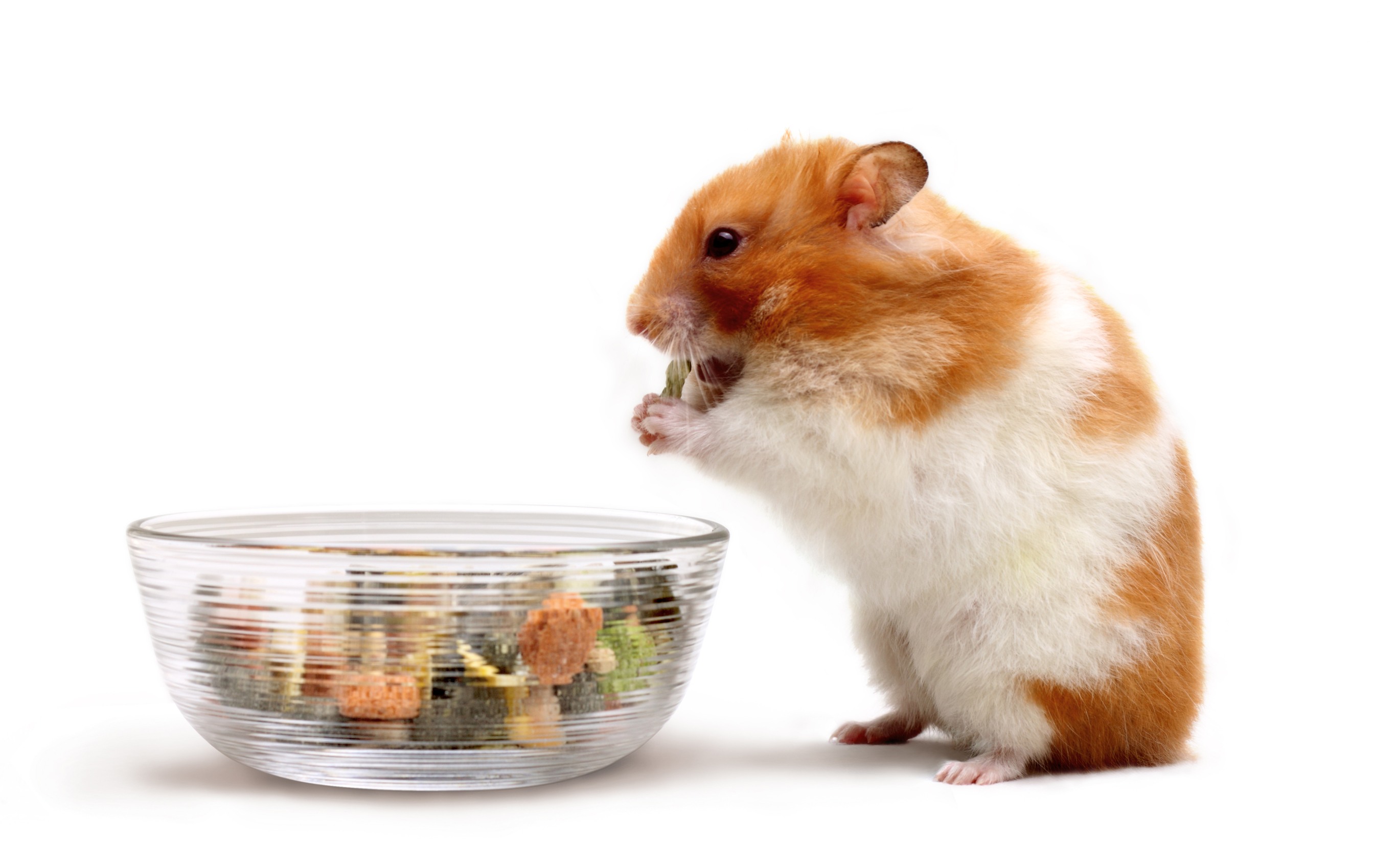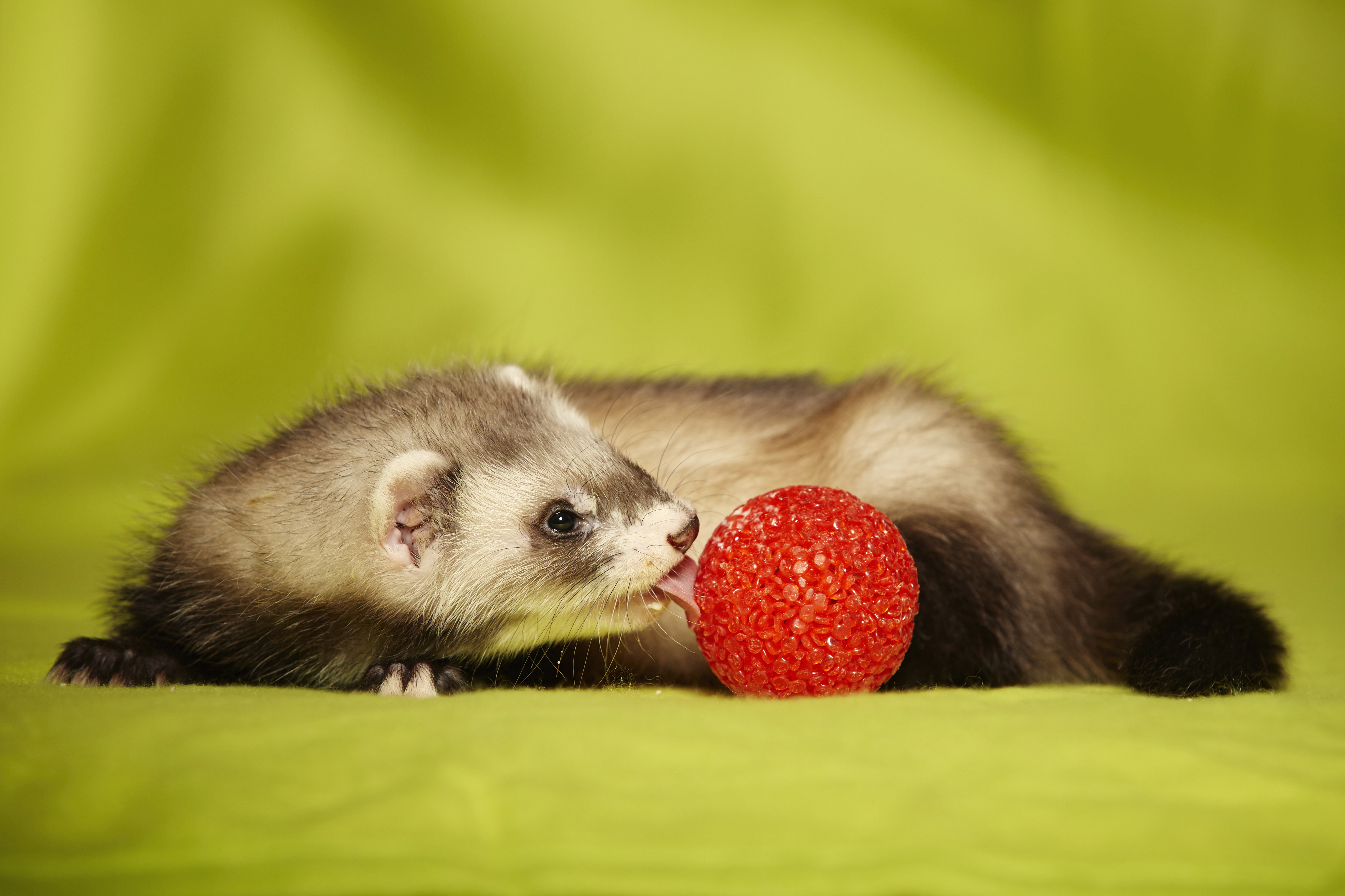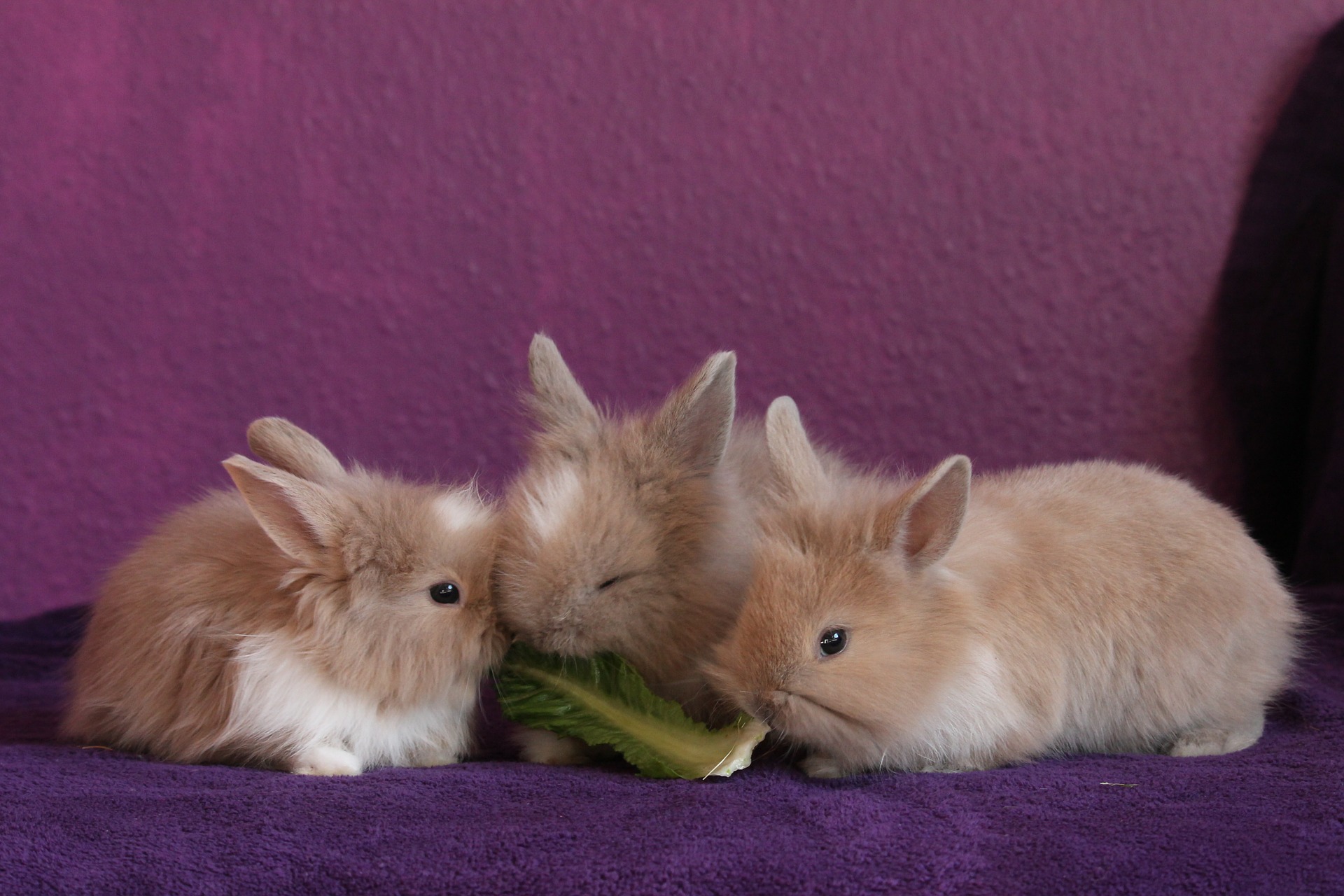Rabbits and Their Merch Appeal to Many Customers
Erik J. Martin //December 4, 2018//
They say you’ve got to think big to grow big. Which is why it makes sense to focus on the largest of the small animal pets—the rabbit, which continues to remain among the world’s most in-demand animal companions.
In fact, a Journal of Applied Animal Welfare Science study published last year estimates that 800,000 domestic rabbits serve as pets in two percent of homes around the world, making them the third most common pet behind dogs and cats.
Rabbits and their supplies may take up more space in your store, but they also command more profit potential. Put another way, overlooking hares in your set would be a harebrained idea.
The Rabbit Habit
“Selling rabbits is smart for pet retailers. They’re often a strong impulse buy for shoppers and attractive to families that are trying to teach young children the responsibility and commitment that comes with owning and caring for a pet,” said Amanda Altman, marketing coordinator for Marshall Pet in Wolcott, New York, known for its Peter’s Nature Treats line that features natural ingredients like dried apple slices and papaya chunks. “They’re also ideal for apartment residents and folks in smaller living spaces and come at a lower cost than cats or dogs.”
Jane Morehouse, product research and development coordinator for Hayward, California-headquartered Kordon LLC—makers of Oasis Naturals products including Multivitamins with Probiotics and Vita-Drops supplements—says rabbits can be cuddly and affectionate but require a little extra TLC.
“They must be handled to keep them docile and not left alone in the cage all the time,” Morehouse said. “Not all breeds are suitable for children’s pets, and the enclosure should be large enough to allow for hopping and exercise.”
Joel Thomas, design and marketing assistant for F.M. Brown’s and Sons in Sinking Spring, Pennsylvania, agrees.
“Rabbits make great companions for individuals that have time for a full-time pet. The fun thing is that no two rabbits are alike; they each have their own unique personalities. Anyone looking for a lot of character will find a great choice in owning one,” said Thomas, whose company recently launched its Tropical Carnival Play Barn, an edible hideout stuffed with Timothy hay, which stimulates the animal’s natural foraging instinct.
Lucas Stock, communications manager for Omaha, Nebraska-located Oxbow Animal Health, cautions that you can’t just stock any brand and expect consumers to buy it.
“As rabbits have become further humanized, their caretakers are shopping with greater discretion for premium products, and these products often carry greater margins for retailers,” he said. “Consumers spend more time researching the nutritional panels on the goods they purchase and are willing to spend more on accessories like chews and toys they believe will lead to a more enriched life for their pets.”
Stock adds that, especially if you carry live rabbits, “You should thoughtfully evaluate the products you stock and choose to feed these animals. Consider that new pet owners will likely want to continue buying the same supplies you use in your store cages. Starting your in-store animals off on the right paw with premium nutrition is likely to pay dividends for a long time to come.”
The rabbit subcategory that most demands your attention, of course, is edibles.
“Rabbits can be particularly picky eaters at mealtime with pelleted complete diets,” Stock said. “That’s why we created our Garden Select line, made with unique, garden-inspired ingredients like vegetables and herbs to give it a delectable flavor and incredible herbal aroma that rabbits love.”
Retailers have plenty of other recommended food brands to choose from, too, including Exotic Nutrition’s Pasture Plus+ Adult Rabbit Food, made from premium alfalfa and timothy hays as well as flowers and herbs; Mazuri Rabbit Diet with Timothy Hay, which contains yucca schidigera extract to minimize ammonia odors; Complete Feed for Rabbits by Small World, boasting a no-corn formula high in dietary fiber; and ZuPreem’s Nature’s Promise Timothy Naturals Rabbit Food.
Treats and chews make for essential SKUs as well. Among the standouts in this space are Hartz Bonanza Pet Rabbits Treat Sticks, flavored in banana berry; Ware’s Krazy Karrot Toy wood chew and its Treat-K-Bob treat dispenser; and Sunburst Veggie Stix by Higgins.
Hop to It
No self-respecting pet store should be without an adequate array of lagomorph habitats, either. One company famous for its bunny enclosures is MidWest Homes for Pets, creators of the weather-resistant/outdoor-rated Hoppity Habitat Rabbit Hutch, and the Wabbitat line of cages—available in standard or extra-long sizes.
“Our Deluxe Wabbitat features an easy-to-clean deep plastic base, wire top for visibility, and optional expansion kits that are sold separately. It also provides a top and side door for easy access to the pet and ease of cleaning,” said Tara Whitehead, director of marketing and communications for the brand.
Not to be outdone, other manufacturers have upped their rabbit home offerings, too. These include A&E’s Rabbit/Guinea Pig Cage, boasting extra space at 47 by 23 by 20 inches; the Small Animal Home (model 320) by Prevue Pet Products, colored green and easily portable on casters; and Hagen’s Living World Rabbit Starter Kit, which bundles an enclosure with food, bedding, treats and more.
What’s up Doc?
Being successful with rabbit-related sales requires more than carrying the right products. Proper merchandising and good customer service can also help the register ring.
“Grouping together products designed for rabbits on the shelf is always smart. A customer doesn’t want to have to visit multiple aisles to finish their shopping,” Altman said. “It’s wise to merchandise complementary products near each other—like bedding placed next to cages—so that the sale of one will assist the sale of another.”
Improving product visibility and finding incremental product placement opportunities are other effective strategies for boosting your bottom line.
“Create rabbit-themed endcaps that can promote your products and offer relevant educational materials on rabbit care as well,” Stock said.
Another shrewd tactic: Set up petting-friendly holding pens near your livestock cages.
“Taking your rabbits for sale out of their cages and putting them in petters allows customers to touch their soft fur and connect with the animal, making it harder to walk away,” Altman recommended.



















